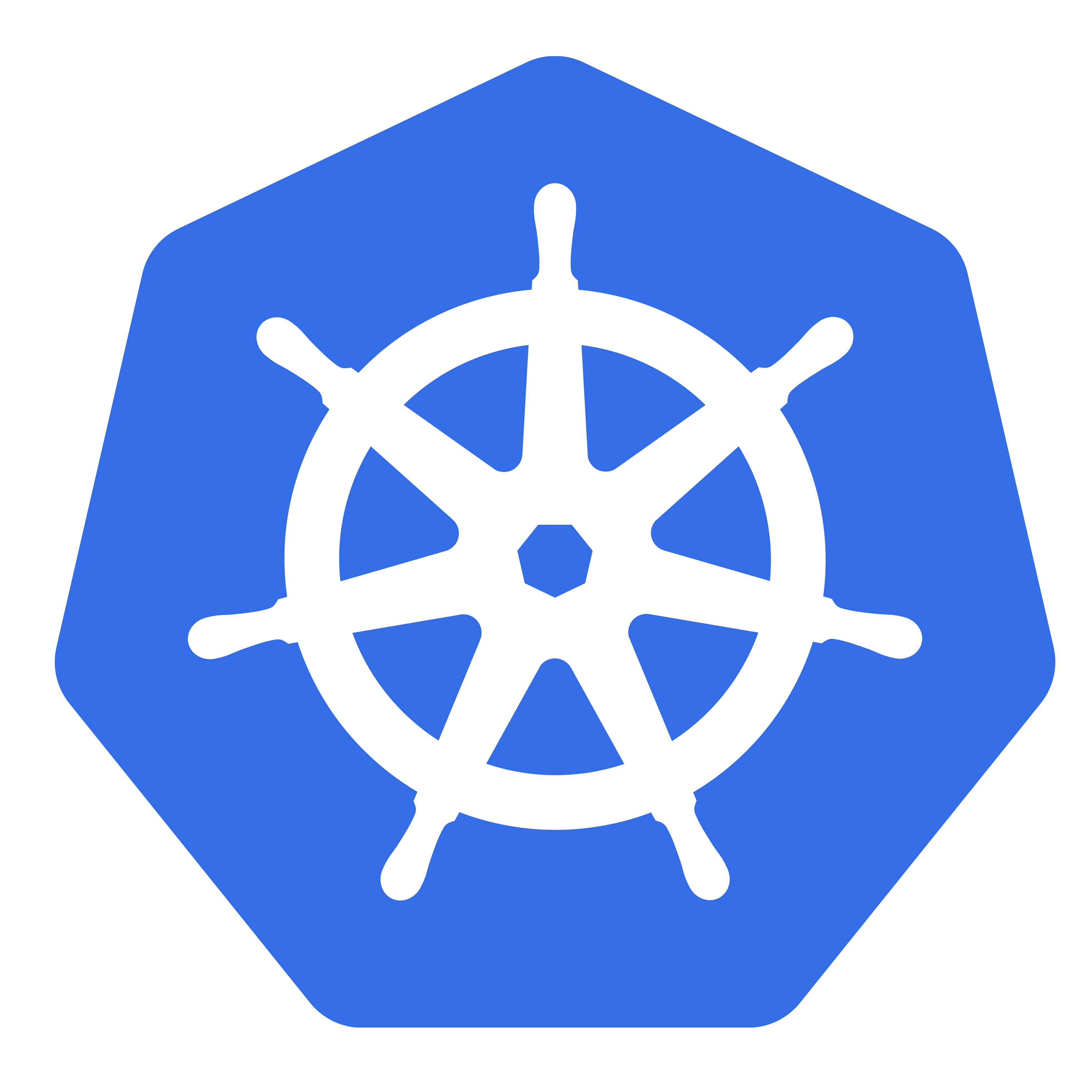I’d love to hear some stories about how you or your organization is using Kubernetes for development! My team is experimenting with using it because our “platform” is getting into the territory of too large to run or manage on a single developer machine. We’ve previously used Docker Compose to enable starting things up locally, but that started getting complicated.
The approach we’re trying now is to have a Helm chart to deploy the entire platform to a k8s namespace unique to each developer and then using Telepresence to connect a developer’s laptop to the cluster and allow them to run specific services they’re working on locally.
This seems to be working well, but now I’m finding myself concerned with resource utilization in the cluster as devs don’t remember to uninstall or scale down their workloads when they’re not active any more, leading to inflation of the cluster size.
Would love to hear some stories from others!


Thanks for all of the suggestions!
Right now our guidance is that each developer is given a namespace and a helm chart to install and the wording is such that developers wouldn’t think of it as an ephemeral resource (ie. people have their helm installation up for months, and periodically upgrade it).
It would be nice to have user’s do a fresh install each time they “start” working, and have some way to automatically remove helm installations after a time period, but we do have times where it’s nice to have a longer-lived env because you’d working within some accumulated state.
Maybe there’s something to automatically scaling down workloads on a cadence or after a certain time period, but it would be challenging to figure out the triggers for that.
You can build a workflow for ephemeral environments with ArgoCD using an applicationset resource with the pull request generator and the
CreateNamespace=truesync option.If a developer opens a pull request, create a generated namespace based on the branch name and PR number, then deploy their changes to the cluster, in the new namespace, automatically.
With github, if there is no activity on a PR after X time frame, you can have the PR closed automatically. When it’s closed, Argo will not see it as an open PR anymore so it will automatically destroy the environment it created. If the dev wants to keep it active or reopen, just do normal git updates to the PR…